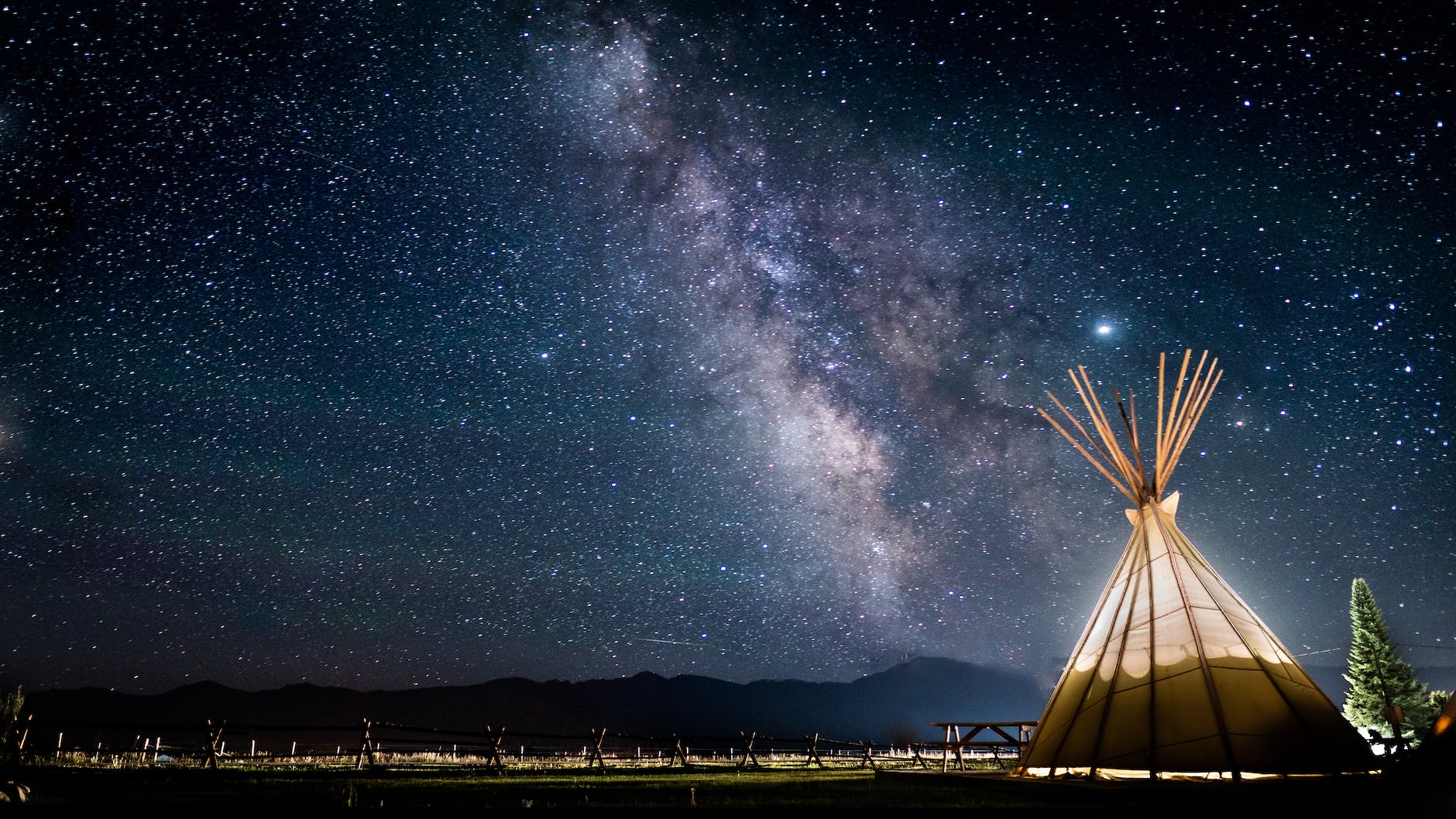Boost your stargazing experience with a telescope focal reducer. Learn how these ingenious devices work and why they are a must-have for any avid astronomer.
Introduction
As the night sky beckons with its countless celestial wonders, amateur astronomers strive to capture and observe the splendor of the universe. However, achieving optimal imaging and wide-field views can be a challenge due to the limitations of telescopes. This is where focal reducers come into play. In this article, we will delve into the fascinating world of telescope focal reducers, exploring their inner workings and shedding light on the reasons why every stargazer should consider adding one to their equipment arsenal.
What is a Telescope Focal Reducer?
A telescope focal reducer, also known as a focal length reducer or field flattener, is an optical device designed to shorten the focal length of a telescope. In simple terms, it reduces the effective magnification of the telescope, resulting in a wider field of view. This means that more of the night sky can be captured in a single frame, allowing for breathtaking wide-angle images of astronomical objects.
How Does a Focal Reducer Work?
To understand how a focal reducer works, it is essential to grasp the basic principles of telescope optics. Telescopes consist of multiple lenses or mirrors that gather and focus light. The focal length of a telescope determines its magnification power, with longer focal lengths providing higher magnification.
A focal reducer employs a specific combination of lenses to alter the path of light entering the telescope. By decreasing the focal length, it reduces the magnification and expands the field of view. The focal reducer accomplishes this by converging the incoming light rays before they reach the telescope’s primary focal plane. This convergence effectively “squeezes” the image, resulting in a wider perspective.
Benefits of Using a Focal Reducer
1. Increased Field of View
One of the primary advantages of using a focal reducer is the significant increase in the field of view. Traditional telescope configurations often result in narrow views that limit the extent of the night sky captured in a single image. With a focal reducer, the telescope’s magnification is reduced, enabling wider angles to be observed and photographed. This opens up a whole new realm of possibilities for astrophotography and visual observation.
2. Enhanced Image Brightness
When using a focal reducer, the reduced magnification allows more light to reach the focal plane of the telescope. This results in increased image brightness, making faint objects appear more vivid and detailed. Whether you are observing distant galaxies or photographing nebulae, a focal reducer can significantly enhance the quality of your images by capturing more light and revealing finer details.
3. Improved Image Flatness
Telescopes, especially those with long focal lengths, can suffer from field curvature, causing the edges of the image to appear distorted or out of focus. Focal reducers often include corrective optics that help counteract this issue. These corrective elements flatten the image plane, resulting in improved edge-to-edge sharpness and uniformity. This is particularly beneficial for astrophotography, where maintaining image flatness is crucial for capturing detailed, high-quality photographs.
4. Shorter Exposure Times
Due to the increased field of view and improved image brightness provided by a focal reducer, astrophotographers can achieve satisfactory results with shorter exposure times. This is especially advantageous when photographing celestial objects that require long exposure times, such as faint galaxies or nebulae. By reducing the necessary exposure time, a focal reducer allows for more efficient imaging sessions and the capture of multiple objects in a single night.
5. Compatibility with Various Accessories
Focal reducers are versatile devices that can be used in conjunction with other telescope accessories. They can be employed with different types of cameras, such as DSLRs and dedicated astrophotography cameras. Additionally, focal reducers are often compatible with filter wheels, off-axis guiders, and other astrophotography accessories. This compatibility makes them valuable tools for photographers who wish to expand their imaging capabilities while utilizing their existing equipment.
Choosing the Right Focal Reducer
When selecting a focal reducer, it is crucial to consider compatibility with your telescope and camera system. Focal reducers come in different designs and have specific requirements for optimal performance. Here are a few factors to keep in mind when choosing a focal reducer:
- Telescope Type and Brand: Focal reducers are typically designed for specific telescope types and brands. Ensure that the focal reducer you select is compatible with your telescope model.
- Back Focus Distance: The back focus distance is the distance between the focal plane of the telescope and the camera sensor. Some focal reducers require a specific back focus distance for optimal performance. Make sure your setup meets the recommended requirements.
- Image Circle Size: The image circle size refers to the diameter of the image projected by the focal reducer. Ensure that the image circle is large enough to cover your camera’s sensor size, avoiding vignetting or cutoff at the edges of the image.
- Corrective Optics: If your telescope suffers from field curvature or other aberrations, consider a focal reducer that includes corrective optics for improved image flatness and quality.
Conclusion
Telescope focal reducers are indispensable tools for amateur astronomers and astrophotographers seeking to expand their field of view and capture the wonders of the night sky with greater detail and efficiency. By reducing the focal length of a telescope, these optical devices offer increased field of view, enhanced image brightness, improved image flatness, shorter exposure times, and compatibility with various accessories. When choosing a focal reducer, ensure compatibility with your telescope and consider factors such as telescope type, back focus distance, image circle size, and the inclusion of corrective optics. With a focal reducer in your arsenal, you can unlock new possibilities in astrophotography and exploration of the cosmos. So why wait? Start exploring the vast universe today with a telescope focal reducer!

